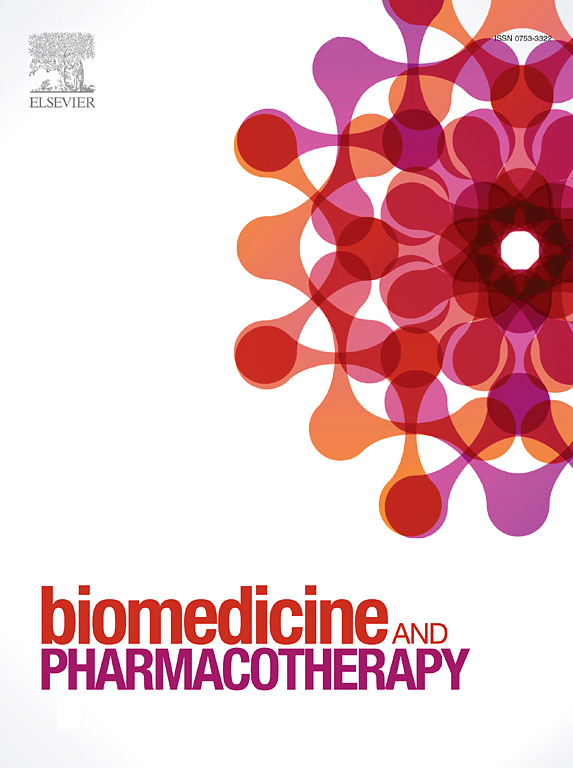Research advances in signaling pathways related to the malignant progression of HSIL to invasive cervical cancer: A review
IF 6.9
2区 医学
Q1 MEDICINE, RESEARCH & EXPERIMENTAL
引用次数: 0
Abstract
The progression of high-grade squamous intraepithelial lesion (HSIL) to invasive cervical cancer (ICC) is a complex process involving persistent human papillomavirus (HPV) infection and changes in signal transduction regulation, energy and material metabolism, cell proliferation, autoimmune, and other biological process in vaginal microenvironment and immune microenviroment. Signaling pathways are a series of interacting molecules in cells that regulate various physiological functions of cells, such as growth, differentiation, metabolism, and death. In the progression of HSIL to ICC, abnormal activation or inhibition in signaling pathways plays an essensial role. This review presented some signaling pathways related to the malignant progression of HSIL to ICC, including p53, Rb, PI3K/AKT/mTOR, Wnt/β-catenin, Notch, NF-κB, MAPK, TGF-β, JAK-STAT, Hippo, and Hedgehog. The molecular mechanisms involved in the biological process of pathway regulation were also analyzed, in order to illustrate the molecular pathway of HSIL progression to ICC and provide references for the development of more effective prevention and treatment methods.
与 HSIL 恶性进展为浸润性宫颈癌相关的信号通路研究进展:综述
高级别鳞状上皮内病变(HSIL)发展为浸润性宫颈癌(ICC)是一个复杂的过程,涉及人类乳头瘤病毒(HPV)的持续感染,以及阴道微环境和免疫微环境中信号转导调控、能量和物质代谢、细胞增殖、自身免疫等生物过程的变化。信号通路是细胞中一系列相互作用的分子,它们调控细胞的各种生理功能,如生长、分化、代谢和死亡。在 HSIL 演变为 ICC 的过程中,信号通路的异常激活或抑制起着至关重要的作用。本综述介绍了与HSIL恶性进展为ICC相关的一些信号通路,包括p53、Rb、PI3K/AKT/mTOR、Wnt/β-catenin、Notch、NF-κB、MAPK、TGF-β、JAK-STAT、Hippo和Hedgehog。此外,还分析了参与通路调控生物学过程的分子机制,以说明 HSIL 进展为 ICC 的分子通路,为开发更有效的预防和治疗方法提供参考。
本文章由计算机程序翻译,如有差异,请以英文原文为准。
求助全文
约1分钟内获得全文
求助全文
来源期刊
CiteScore
11.90
自引率
2.70%
发文量
1621
审稿时长
48 days
期刊介绍:
Biomedicine & Pharmacotherapy stands as a multidisciplinary journal, presenting a spectrum of original research reports, reviews, and communications in the realms of clinical and basic medicine, as well as pharmacology. The journal spans various fields, including Cancer, Nutriceutics, Neurodegenerative, Cardiac, and Infectious Diseases.

 求助内容:
求助内容: 应助结果提醒方式:
应助结果提醒方式:


